How to Appraise Glassware
Glassware has been appreciated for many years by people all over the world. It's an easy way to add elegance to your home or office. Glass-making goes back four millennia, and it has been collectible pieces for many years. Yet, it isn't easy to distinguish between modern and antique glassware. This article guides you through glassware and how to appraise it. Value My Stuff has renowned experts that can appraise your glassware.
The History of Glass
Although it's near impossible to give an exact date and place of where the first true glass was made, historians agree that it's probably Mesopotamia, Egypt, or North Syria. The history of making glassware dates from approximately 4 000 years ago. At that time, and many years further, the methods that were used to shape glass were primarily heating it in open molds.
Follow these easy steps to value your glassware.
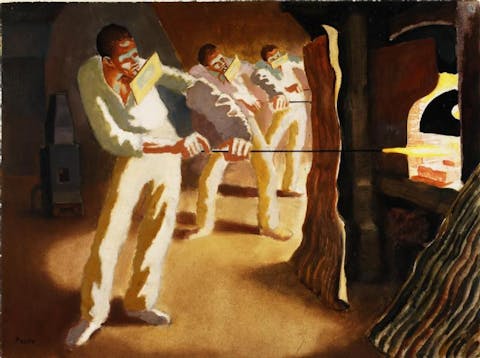
Glass-blowers 'Gathering' from the Furnace by Mervyn Peake. (Public Domain)
Is It Glass or Crystal?
One question that should be answered before you consider whether it's antique or not, is if it's glass or crystal. For an untrained eye, it can be very difficult to know the difference. Here are three tips to understand if it's glass or crystal.
1) Hold the piece near light, or possibly a window if it's not dark outside. If you see a prism effect, then it's much probably crystal.
2) Tap the piece lightly. If it makes a sound like a bell, then it's likely crystal. If it's a darker and lower sound, then it's likely glass.
3) Look closely at the cuts and patterns of the piece. If everything seems almost perfect and very sharp, then it's more likely to be crystal.
How To Tell If Glass is Antique
The easiest way to tell if glass is antique or not is the weight. By comparing antique glass with modern glass, you'll notice that antique glass is much heavier. However, there are many other factors that one should look for.
Condition and Patina
As with all antiques, the condition isn't usually the best, as antiques often date at least 100 years old. Regarding the antique glass, there are often missing gilt, small flakes, various scratches, some miscoloring, and other signs that show that the glass is, in fact, old.
Irregularities
Handmade items, whatever they may be, often have various imperfections, which often is a sign that it's indeed handmade and not machine-made. Antique glassware usually has different types of imperfections and irregularities.
Punt Mark
A punt mark, also known as a pontil mark, is the point where the rod was broken off during glassblowing. It's often on the bottom of the glassware. For modern glass, punt marks aren't visible as the technique is different.
Bubbles
Antique glass often has tiny bubbles within the glass, which can be very small but still visible if you look closely.
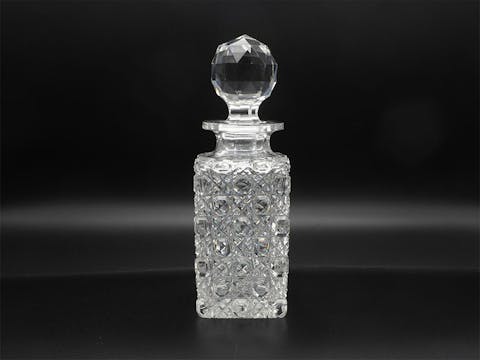
An antique scent bottle in glass. (Carse Antiques)
The Value of Different Colors on Antique Glass
Although the value of antique glass depends on many factors, you can look at the colors and get a slight indication of what's more valuable. In general red/pink, made with gold oxide, is the most sought-after, followed by cobalt/blue, made by using cobalt salt. Jade/green is also valuable which is made with uranium. And lastly, amber/yellow, which is caused by using sulfur.
The Value of Different Types of Glass
Generally, it's not easy to state the value of glassware without examining the item. Although antique cut glass is, in general, more valuable than antique Venetian glass, the value of the antique cut glass could be lower than the Venetian glass due to condition and other factors. But in general, the list below is a good indication of the value of different types of glass.
Art Nouveau Glass
Over the years, we've seen many impressive auction sales of Art Nouveau glass artists. The very best pieces can receive hammer prices that can exceed $100,000.
Antique Cut Glass
Many prestigious auction houses have offered incredibly rare and beautiful antique cut glass items, which have been sold for prices in the $50,000 range.
Antique Stained Glass
Antique stained glass, such as panels from buildings and windows, can have a very high value with excellent provenance and historical significance. If it's stained glass from a historically significant building, let's say The White House, then the value could exceed $100,000.
Antique Milk Glass
An opaque, white, a classic white shade, the value of antique milk glass can vary a lot. The less desirable pieces can sell below $50, while the sought-after and rare pieces can sell for $5,000 to $10,000.
Carnival Glass
Depending on its condition and rarity, fine carnival glassware can be sold for several thousands of dollars at auction. The pattern of the glass also has an impact on the value. Carnival Glassware was initially given away as prizes at carnivals during the early 1900s.
Depression Glass
Popular during the Great Depression, The majority of all Depression glassware has a somewhat low value. However, there are some exceptions where the value is around $5,000. The glassware are very unique with rare patterns.
Antique Blown Glass
Antique-blown glassware could, as art glass, be extremely valuable depending on the artist and rarity. On the other hand, if it's an unknown artist, the value could be deficient.
Antique Venetian Glass
Antique Venetian glass of the highest quality has been auctioned for several thousands of dollars. Those items are exquisite and very elegant.
Art Glass
The value of art glass is mainly based on who the artist is. The value could be as low as $50, but it could also be in the millions if it's one of the finest artists in the world and if the piece is highly limited, or perhaps even a one-of-one.
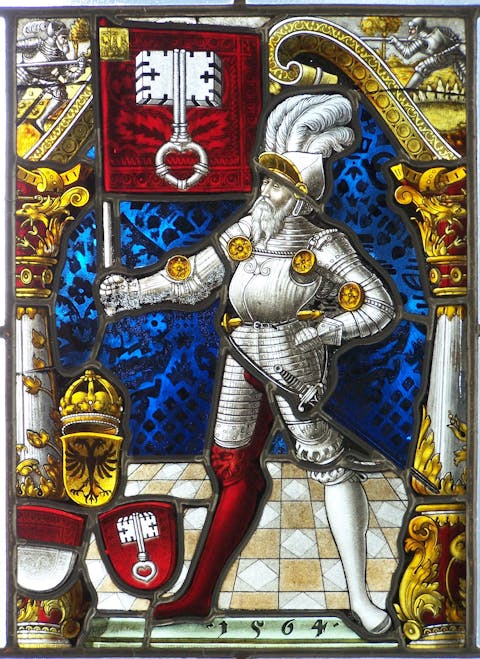
Stained glass "Standesscheibe of Unterwalden", 1564. (Public Domain)
American Glassware Manufacturers
There are a couple of well-known brands when it comes to glassware. The majority of them are American. Here are the three most popular ones.
Fenton Art Glass Company
Founded in Martins Ferry, Ohio, in 1905, Fenton was famous for multi-colored glass and quality vintage pieces. The majority of their products are marked with a stylized "F" and the company name. Depending on model and rarity, their glassware can sell from $50 to several thousands of dollars.
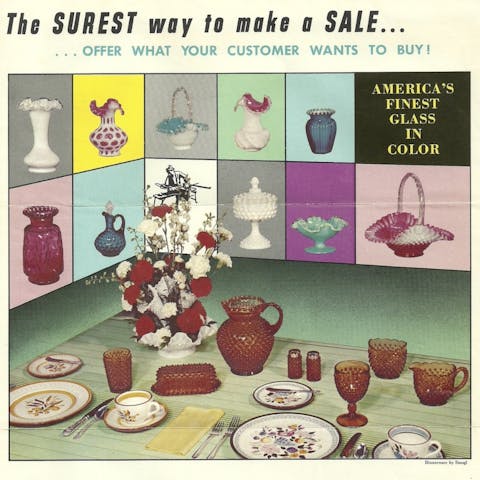
A vintage Fenton advertisement page. (Fenton Art Glass Company)
Hazel-Atlas Glass Company
Founded in Washington, Pennsylvania, in 1902, Hazel-Atlas was originally a merger between Hazel Glass and Metals Company, Atlas Glass Company, Wheeling Metal Plant, and Republic Glass Company. Hazel-Atlas specialized in machine-molded glass, especially Depression glass in various colors. Their maker's mark is an "A" under an "H."
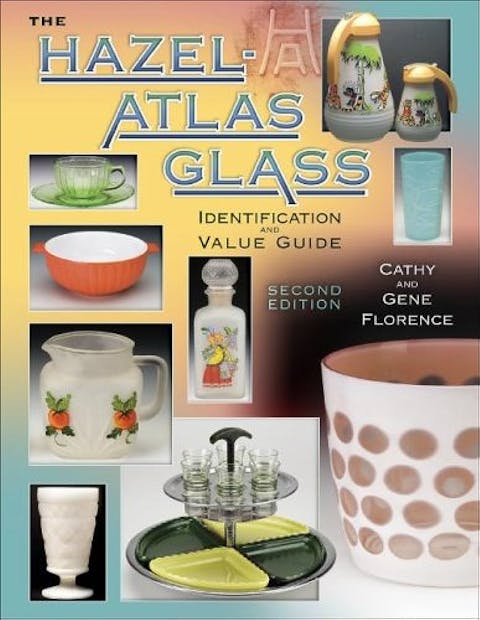
A vintage Hazel-Atlas advertisement page. (Hazel-Atlas Glass Company)
Westmoreland Glass Company
Founded in Grapeville, Pennsylvania, in 1889, Westmoreland specialized in hand-decorated glass, carnival glass, and milk glass. They created beautiful glassware for nearly a century. Their maker's mark was originally a "W" in a frame, but later it changed to a "W" and "G".
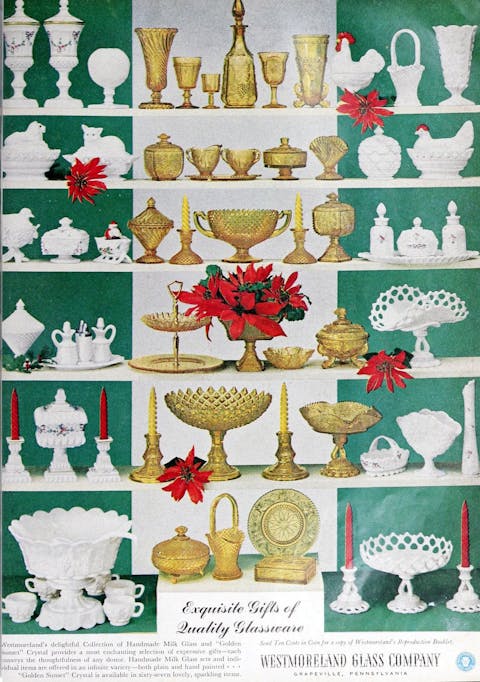
A vintage Westmoreland advertisement page. (Westmoreland Glass Company)
How To Determine The Value of Antique Glassware
As stated in this article, there are some essential factors that you need to look at. In general, it's all about rarity, condition, and eye appeal. If something is made in a small quantity, the value will naturally be higher than if made in a massively large amount. As far as condition, the better the condition is, the higher the value is, as the item is more sought-after. Lastly, eye appeal, or simply beauty, is subjective and can vary from person to person, country to country, and fashion. What's desirable today may not be desirable in 20 years, and vice versa.
Nonetheless, the very best way to get an accurate value for glassware is to seek expert guidance. That's something we at Value My Stuff are more than happy to help out with. Follow these simple steps to appraise glassware today.
How To Get Glassware Appraised
Only a professional will be able to provide you with a sure and particular range of value and an up-to-date price for your glassware by using their experience and expertise to eliminate as much chance for misstep and error as possible. Luckily here at Value My Stuff, there are experts in the field who can provide professional valuation services so that you can take the necessary steps to discover how much your glassware are worth today! Start Your Glassware Appraisal Here!
Our Glassware Expert
After having worked for Phillips for many years, our glassware expert joined Sotheby's, where he valued ceramics and glass from numerous famous collections and country houses. Active in London and the regions, he is still involved in significant appraisals in England and the continent. His passion for the ceramics subject has made him one of the most knowledgeable and focused experts in this field.

